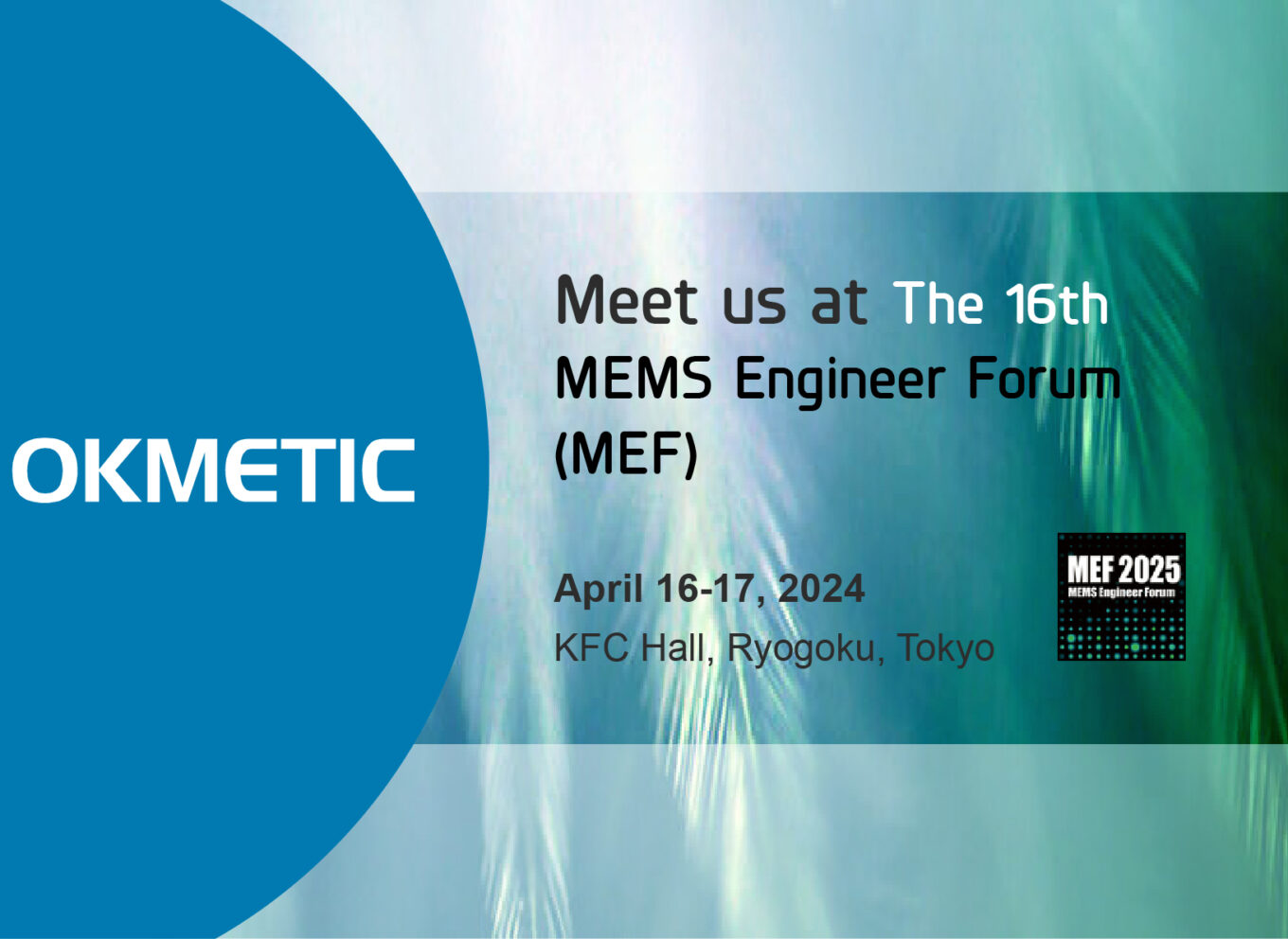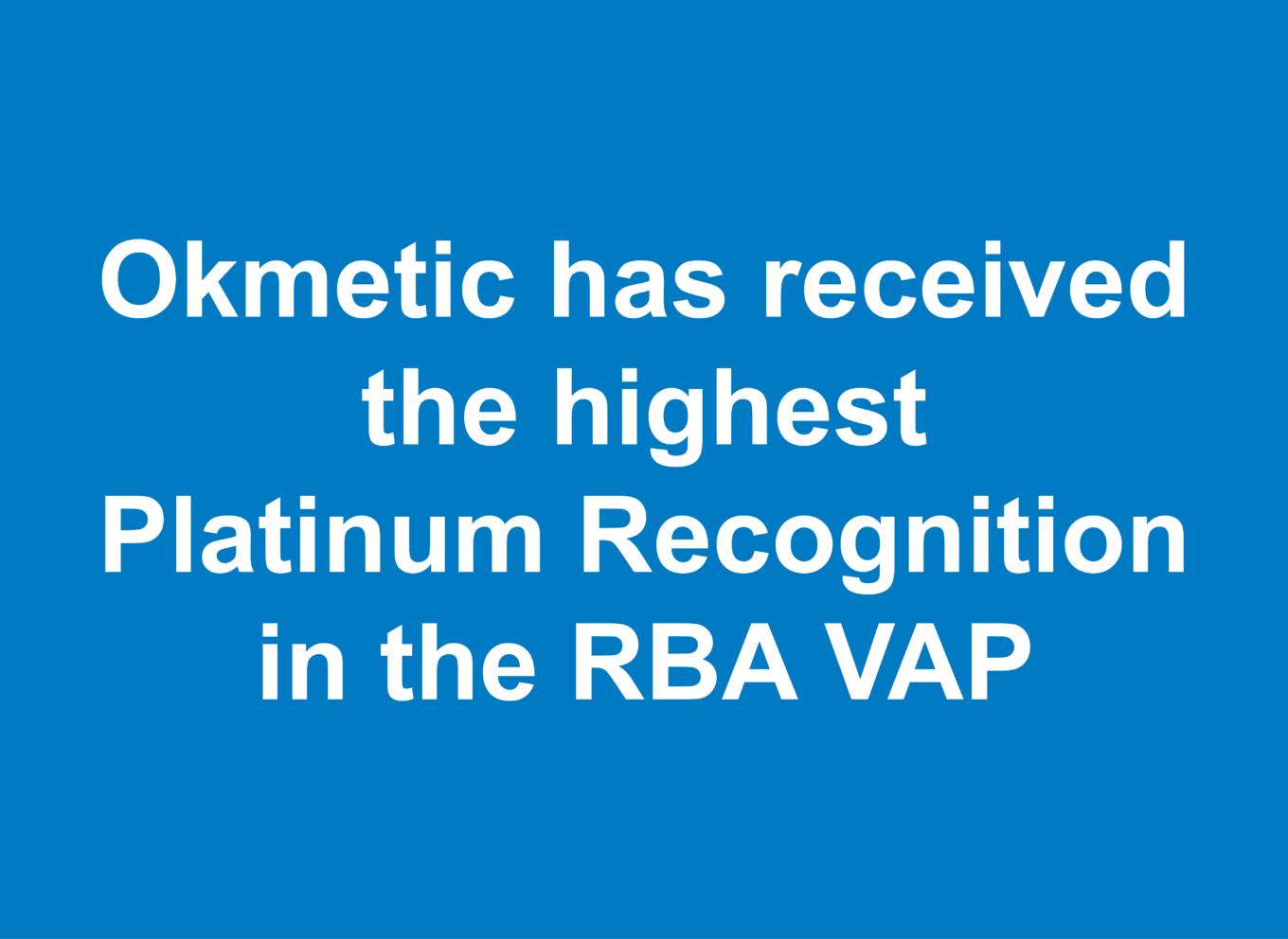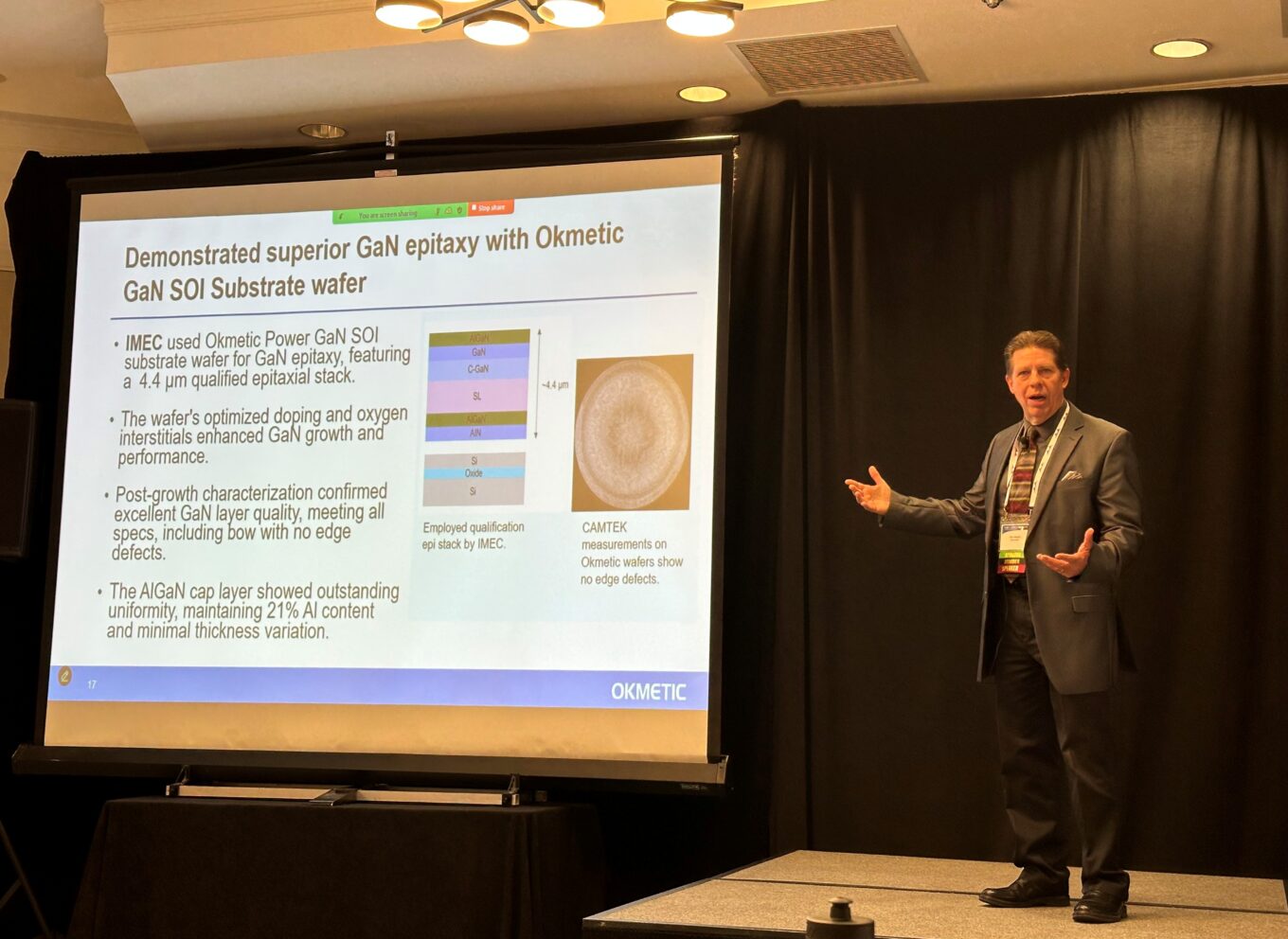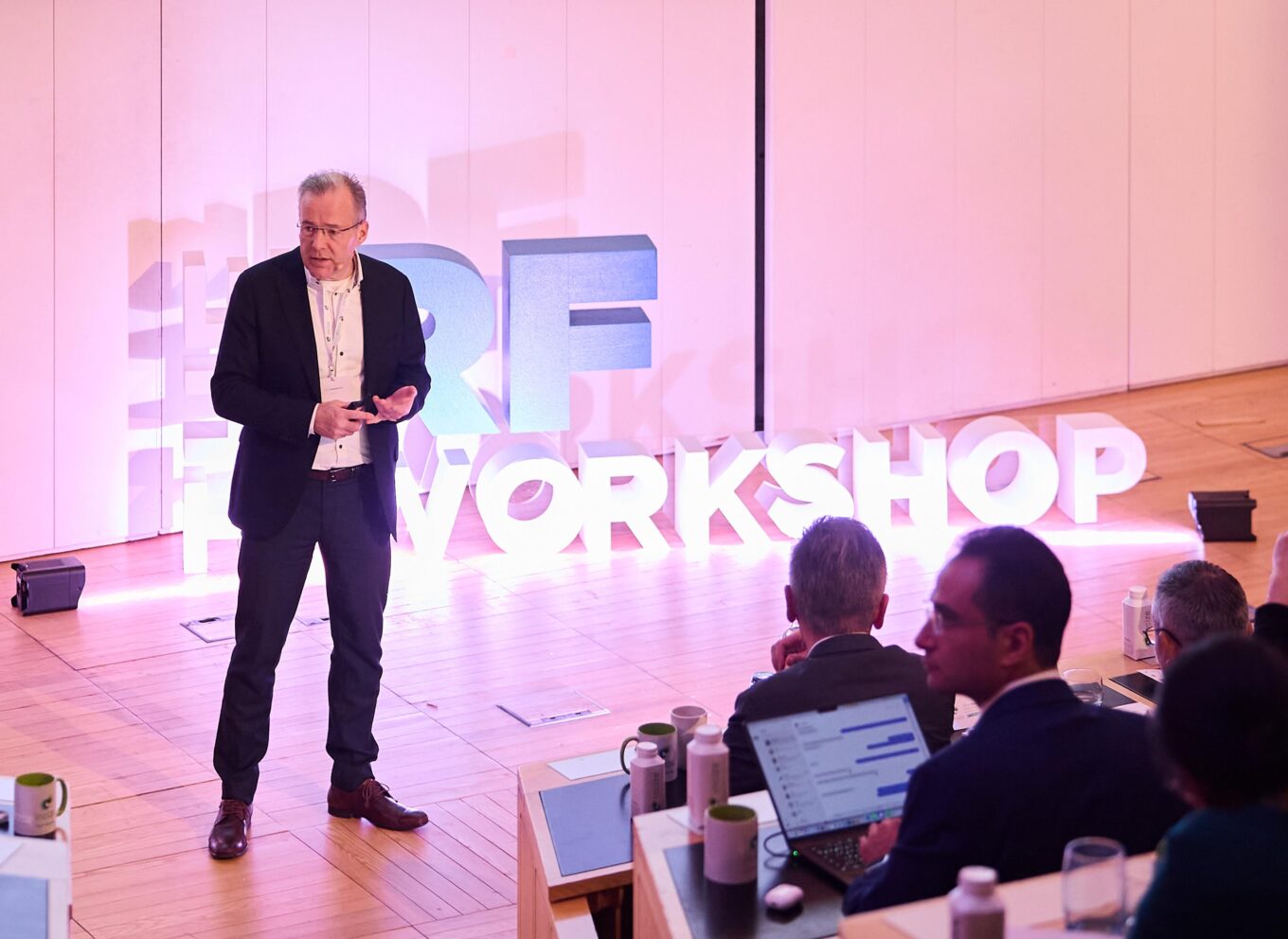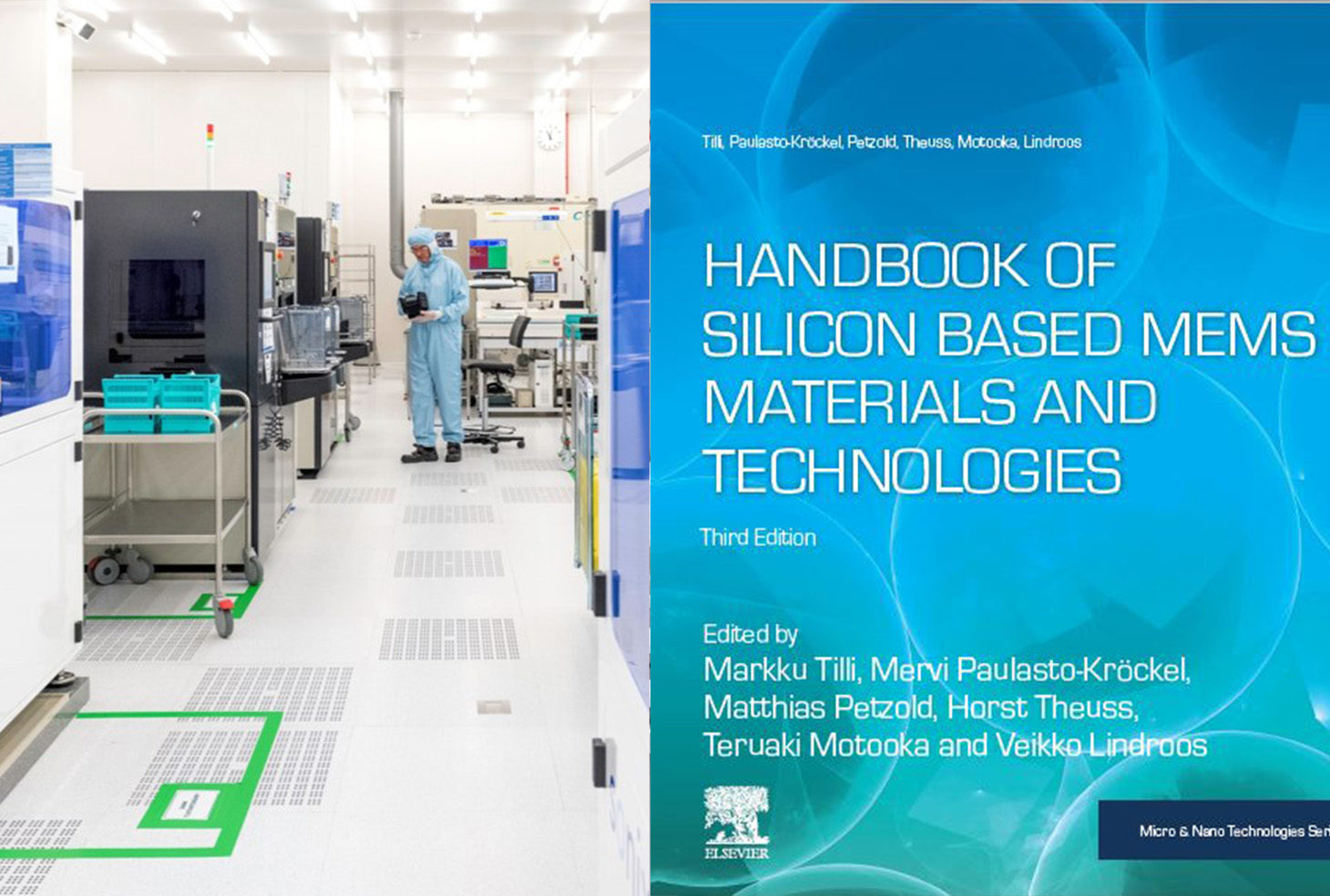
The long-awaited third edition of Handbook of Silicon Based MEMS Materials and Technologies is out now
The new, revised, edition of the Handbook of Silicon Based MEMS Materials and Technologies was published on 24 April with nearly 300 pages of new information. The book is a must have for all MEMS professionals as it covers all aspects of MEMS materials, technologies and manufacturing starting from silicon with a really hands-on and practical approach.
All you need to know about MEMS
The book is truly a comprehensive guide in the world of MEMS as it totals over 1000 pages from 134 industry professionals as authors. Markku Tilli, Okmetic’s founding member and long-term Senior Vice President of Research had an active role in designing the contents and choosing the authors. He was also responsible for the editing together with lead editor Mervi Paulasto-Kröckel as well as Matthias Petzold, Horst Theuss, Teruaki Motooka and Veikko Lindroos.
The first section of the book is dedicated for silicon, the most important starting material of MEMS, and it covers the properties, preparation and growth of silicon crystals and wafers. Five of the authors of this section are currently working at Okmetic. Okmetic’s Senior Process Development Engineer Jari Paloheimo did an amazing job as the author of chapter 3 Properties of Silicon Crystal as did Okmetic’s Senior Development Manager, Technology Jari Mäkinen with chapter 7 Thick-Film SOI Wafers: Preparation and Properties which he wrote together with Tommi Suni from Picodeon.
The next five sections of the book give detailed information on MEMS structures’ many properties (mechanical, electrostatic, optical, etc.), manufacturing, processing, measuring (including focused beam techniques), and multiscale modeling methods. Also sensors, micromachining technologies in MEMS and encapsulation of MEMS components are being covered as well as tactics on protecting devices from the environment and decreasing package size for a dramatic reduction in costs.
What’s new in this edition
This new edition covers e.g. emerging wafer bonding technologies, current and future options for hermetic encapsulation and introduces how to utilize wafer level packaging and 3D integration technologies for package cost reduction and performance improvements. New contributions in this section are provided by experts from EV Group as well as Murata Electronics Oy and their partners.
It also has a completely new section of process integration featuring numerous case studies showing how MEMS technology is being used in the industry. Tilli points out that this section has three particularly interesting chapters: Chapter 48 Case Microphone covering completely new joined membrane design written by Marc Fuedner from Inifineon and Chapter 46 Case Gyroscope written by ST Microelectonics team of specialists gathered by Luca Zanotti and Chapter 49 Case Micromirror written by Professor Schenk from Fraunhofer Institute.
You can buy your own copy of the handbook from Elsevier. (link is external)

